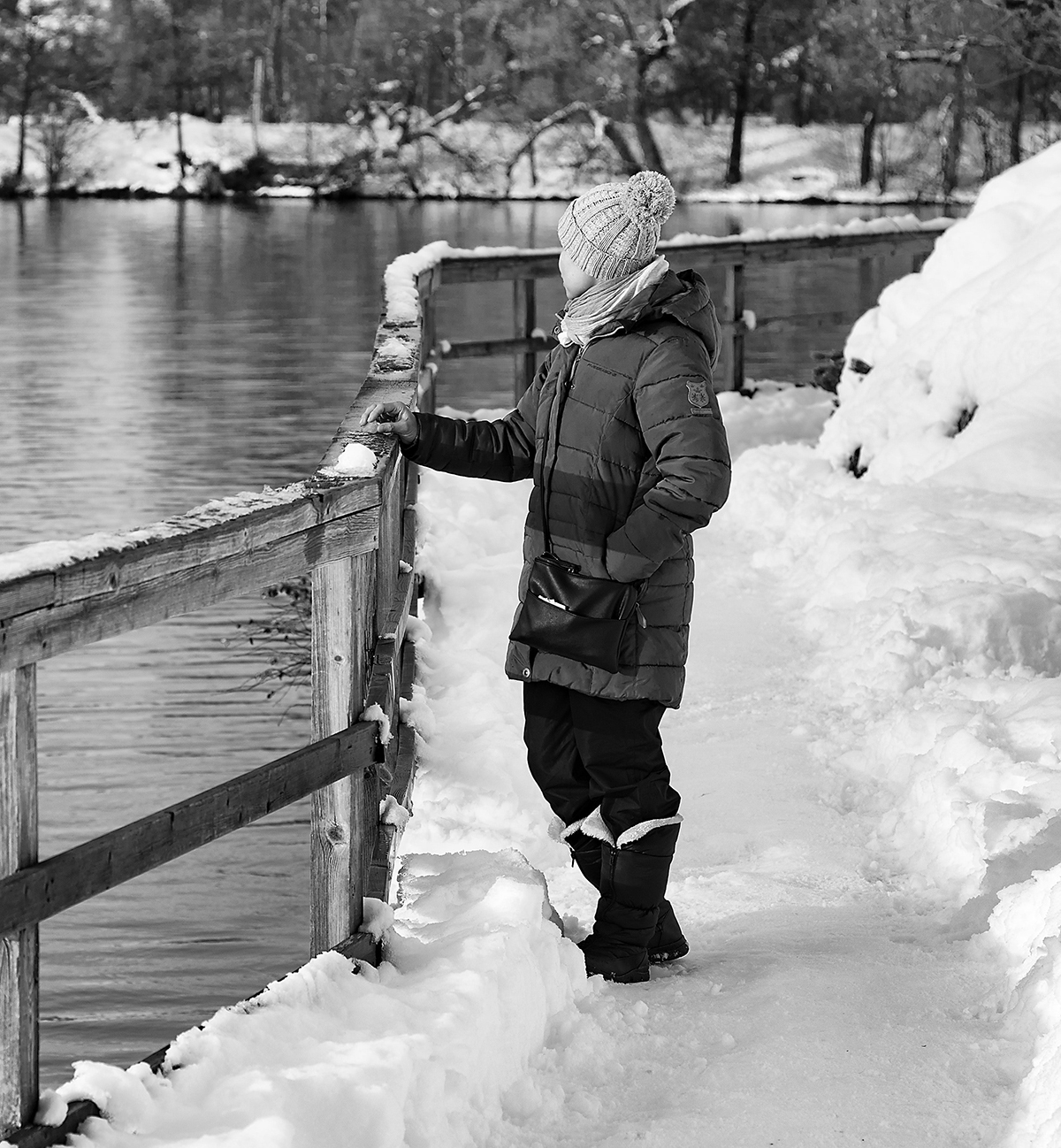As the days become shorter, it is common to hear people discussing the “Winter Blues”, or seasonal depression. In fact, it is a common form of depression that often starts in early fall and can last through to spring. These seasonal impacts on mood tend to occur more in locations further North where daylight is shorter in the winter, and winter itself tends to last longer. Generally, people experience symptoms of depression that can involve low mood, lack of interest in activities, changes in sleep, changes in appetite, changes in energy levels, difficulties with concentration, sense of guilt, sense of worthlessness, agitation, sluggishness, and thoughts of death or suicide.
There are some strategies that can help when these symptoms arise:
- Light therapy: In some cases, sitting near a device during the day that mimics natural light can help improve mood. It can also be helpful to try and spend more time outdoors during the day to increase exposure to natural light. It is thought that exposure to natural light can affect neurotransmitters in the brain that are linked to mood, and help alleviate some of the depressive symptoms.
- Challenging thoughts: Often when we feel down, we can start seeing the world in a more negative manner – instead of seeing the glass as half full, you may start to see it as half empty. These negative thoughts can also further lower your mood. Focusing on challenging thoughts – seeing if there’s perhaps another more positive or balanced way to look at the situation can help reframe the situation, and improve your mood.
- Behavioural activation: Often when we feel down, we don’t feel like doing a lot of our daily activities. We may stop talking to friends, or finding time to exercise. It’s important to try and schedule activities that bring you a sense of enjoyment or accomplishment, as these types of activities often make us feel better. During the current COVID-19 pandemic, some of these activities may seem hard to achieve. As the weather gets colder, it can be harder to socialize, or get outside to do activities. It is important to find creative ways to schedule these activities. Some examples might include exercising at home, or scheduling phone or video calls with friends, or starting that project at home that you hadn’t gotten around to.
Often when we feel down, it’s not uncommon that these strategies can be hard to implement. Taking these proactive steps may seem challenging when our energy is already quite low. If so, it may be important to reach out to a mental health professional to help guide you through these strategies.
The content of this blog is for informational purposes only. It is not intended to be a substitute for professional medical or psychological advice, diagnosis or treatment. Always seek the advice of your mental health provider or physician with any questions that you have regarding mental health concerns. If you think you have an emergency, please call 911 or visit your nearest emergency room.


